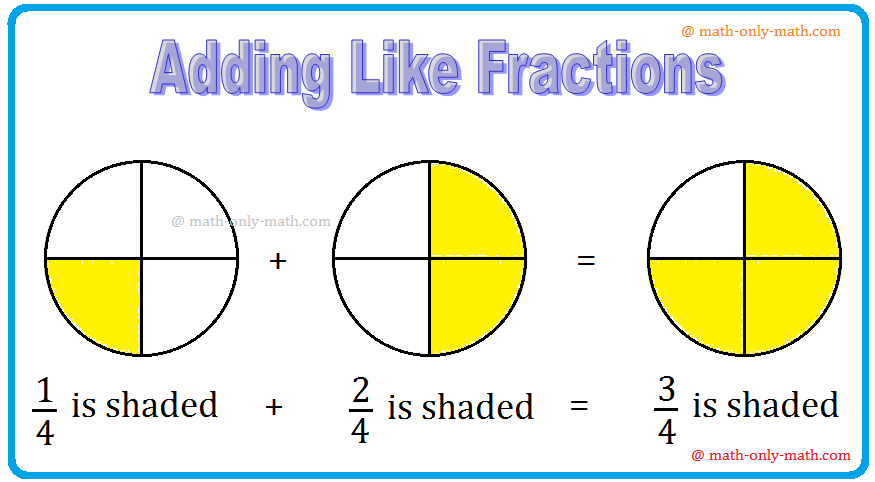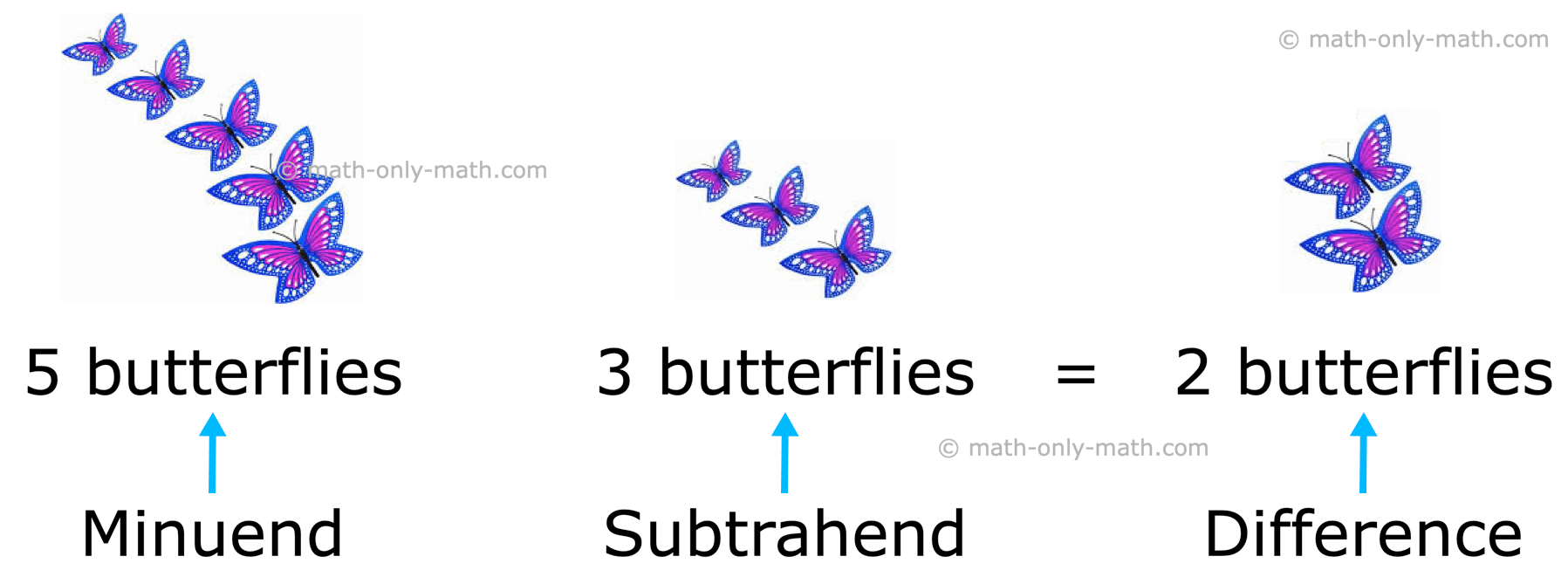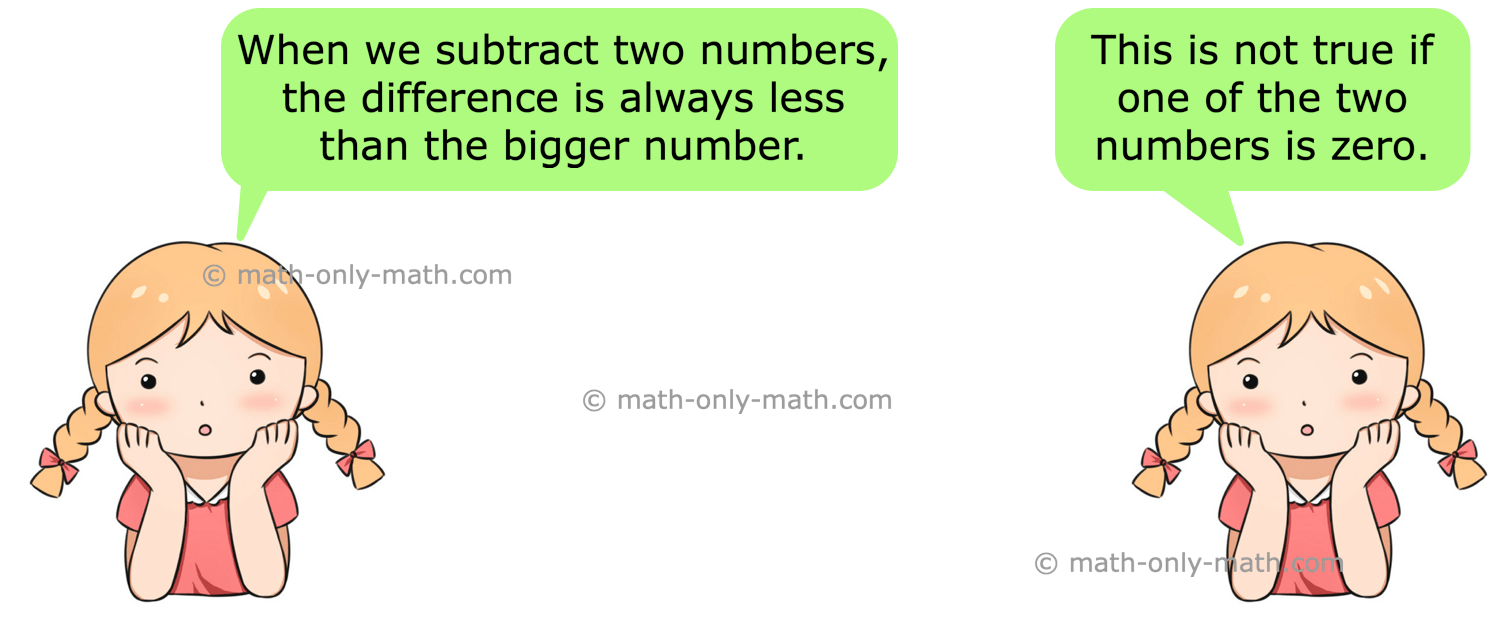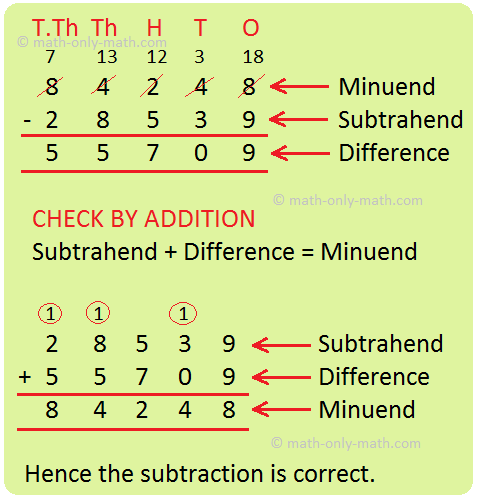Mutually Non-Exclusive Events
Definition of Mutually Non-Exclusive Events:
Two events A and B are said to be mutually non exclusive events if both the events A and B have atleast one common outcome between them.
The events A and B cannot prevent the occurrence of one another so from here we can say that the events A and B have something common in them.
For example, in the case of rolling a die the event of getting an ‘odd-face’ and the event of getting ‘less than 4’ are not mutually exclusive and they are also known as compatible event.
The event of getting an ‘odd-face’ and the event of getting ‘less than 4’ occur when we get either 1 or 3.
Let ‘X’ is denoted as event of getting an ‘odd-face’ and
‘Y’ is denoted as event of getting ‘less than 4’
The events of getting an odd number (X) = {1, 3, 5}
The events of getting less than 4 (Y) = {1, 2, 3}
Between
the events X and Y the common outcomes are 1 and 3
Therefore, the events X and Y are compatible events/mutually non-exclusive.
Addition Theorem Based on Mutually Non-Exclusive Events:
If X and Y are two mutually Non- Exclusive Events, then the probability of ‘X union Y’ is the difference between the sum of the probability of X and the probability of Y and the probability of ‘X intersection Y’ and represented as,
P(X ∪ Y) = P(X) + P(Y) - P(X ∩ Y)
Proof: The events X - XY, XY and Y - XY are pair-wise mutually exclusive events then,
X = (X - XY) + XY,
Y = XY + (Y - XY)
Now, P(X) = P(X - XY) + P(XY)
or, P(X - XY) = P(X) - P (XY)
Similarly, P(Y - XY) = P(Y) - P(XY)
Again, P(X + Y) = P(X - XY) + P(XY) + P(Y - XY)
⇒ P(X + Y) = P(X) - P(XY) + P(XY) + P(Y) - P(XY)
⇒ P(X + Y) = P(X) + P(Y) - P(XY)
⇒ P(X + Y) = P(X) + P(Y) - P(X) P(Y)
Therefore, P(X ∪ Y) = P(X) + P(Y) - P(X ∩ Y)
Worked-out problems on probability of Mutually Non-Exclusive Events:
1. What is the probability of getting a diamond or a queen from a well-shuffled deck of 52 cards?
Solution:
Let X be the event of ‘getting a diamond’ and,
Y be the event of ‘getting a queen’
We know that, in a well-shuffled deck of 52 cards there are 13 diamonds and 4 queens.
Therefore, probability of getting a diamond from well-shuffled deck of 52 cards = P(X) = 13/52 = 1/4
The probability of getting a queen from well-shuffled deck of 52 cards = P(Y) = 4/52 = 1/13
Similarly, the probability of getting a diamond queen from well-shuffled deck of 52 cards = P(X ∩ Y) = 1/52
According to the definition of mutually non-exclusive we know that, drawing of a well-shuffled deck of 52 cards ‘getting a diamond’ and ‘getting a queen’ are known as mutually non-exclusive events.
We have to find out Probability of X union Y.
So according to the addition theorem for mutually non- exclusive events, we get;
P(X ∪ Y) = P(X) + P(Y) - P(X ∩ Y)
|
Therefore, P(X U Y) |
= 1/4 + 1/13 - 1/52 = (13 + 4 - 1)/52
= 16/52 = 4/13 |
Hence, probability of getting a diamond or a queen from a well-shuffled deck of 52 cards = 4/13
2. A
lottery box contains 50 lottery tickets numbered 1 to 50. If a lottery ticket
is drawn at random, what is the probability that the number drawn is a multiple
of 3 or 5?
Solution:
Let X be the event of ‘getting a multiple of 3’ and,
Y be the event of ‘getting a multiple of 5’
The events of getting a multiple of 3 (X) = {3,6,9,12,15,18,21,24,27,30,
33,36,39,42,45,48}
Total number of multiple of 3 = 16
P(X) = 16/50 = 8/25
The events of getting a multiple of 5 (Y) = {5, 10, 15, 20, 25, 30, 35, 40, 45, 50}
Total number of multiple of 3 = 16
P(X) = 10/50 = 1/5
Between the events X and Y the favorable outcomes are 15, 30 and 45.
Total number of common multiple of both the number 3 and 5 = 3
The probability of getting a ‘multiple of 3’ and a ‘multiple of 5’ from the numbered 1 to 50 = P(X ∩ Y) = 3/50
Therefore, X and Y are non mutually exclusive events.
We have to find out Probability of X union Y.
So according to the
addition theorem for mutually non- exclusive events, we get;
P(X ∪ Y) = P(X) + P(Y) - P(X ∩ Y)
|
Therefore, P(X U Y) |
= 8/25 + 1/5 - 3/50 = (16 + 10 -3)/50
= 23/50 |
Hence, probability of getting multiple of 3 or 5 = 23/50
Probability
Probability of Tossing Two Coins
Probability of Tossing Three Coins
Probability for Rolling Two Dice
Probability for Rolling Three Dice
From Mutually Non-Exclusive Events to HOME PAGE
Didn't find what you were looking for? Or want to know more information about Math Only Math. Use this Google Search to find what you need.
Recent Articles
-
Addition of Decimals | How to Add Decimals? | Adding Decimals|Addition
Apr 24, 25 01:45 AM
We will discuss here about the addition of decimals. Decimals are added in the same way as we add ordinary numbers. We arrange the digits in columns and then add as required. Let us consider some -
Addition of Like Fractions | Examples | Videos | Worksheet | Fractions
Apr 23, 25 09:23 AM
To add two or more like fractions we simplify add their numerators. The denominator remains same. Thus, to add the fractions with the same denominator, we simply add their numerators and write the com… -
Subtraction | How to Subtract 2-digit, 3-digit, 4-digit Numbers?|Steps
Apr 23, 25 12:41 AM
The answer of a subtraction sum is called DIFFERENCE. How to subtract 2-digit numbers? Steps are shown to subtract 2-digit numbers. -
Subtraction of 4-Digit Numbers | Subtract Numbers with Four Digit
Apr 23, 25 12:38 AM
We will learn about the subtraction of 4-digit numbers (without borrowing and with borrowing). We know when one number is subtracted from another number the result obtained is called the difference. -
Subtraction with Regrouping | 4-Digit, 5-Digit and 6-Digit Subtraction
Apr 23, 25 12:34 AM
We will learn subtraction 4-digit, 5-digit and 6-digit numbers with regrouping. Subtraction of 4-digit numbers can be done in the same way as we do subtraction of smaller numbers. We first arrange the…






New! Comments
Have your say about what you just read! Leave me a comment in the box below. Ask a Question or Answer a Question.